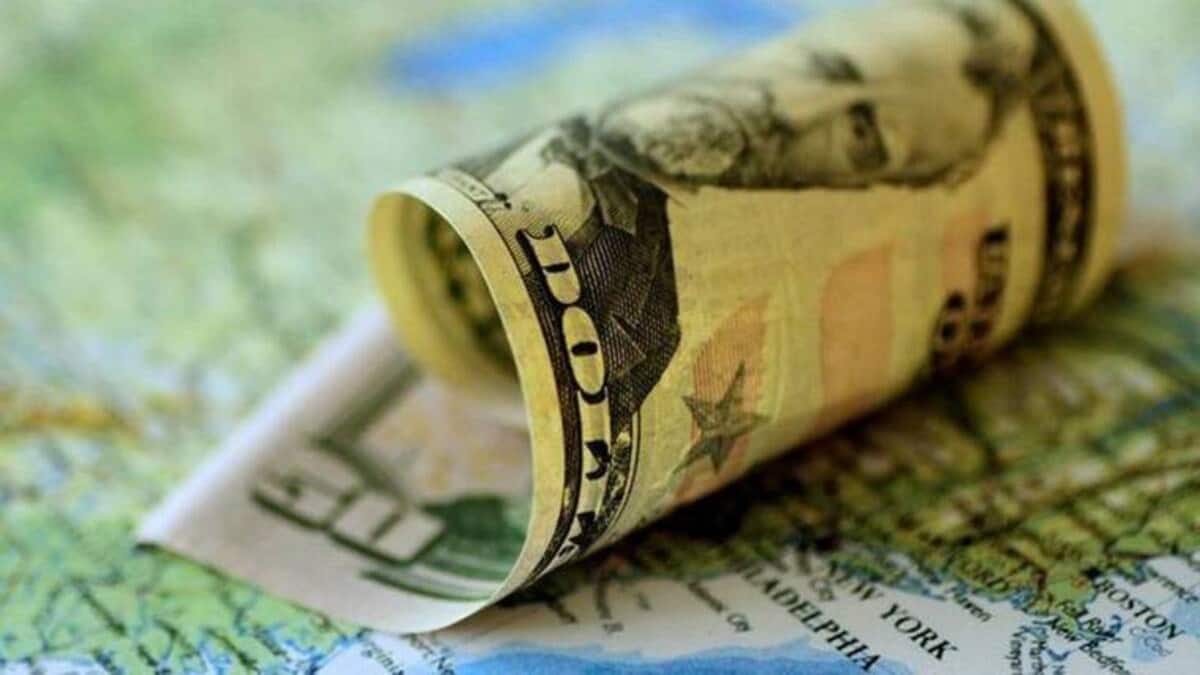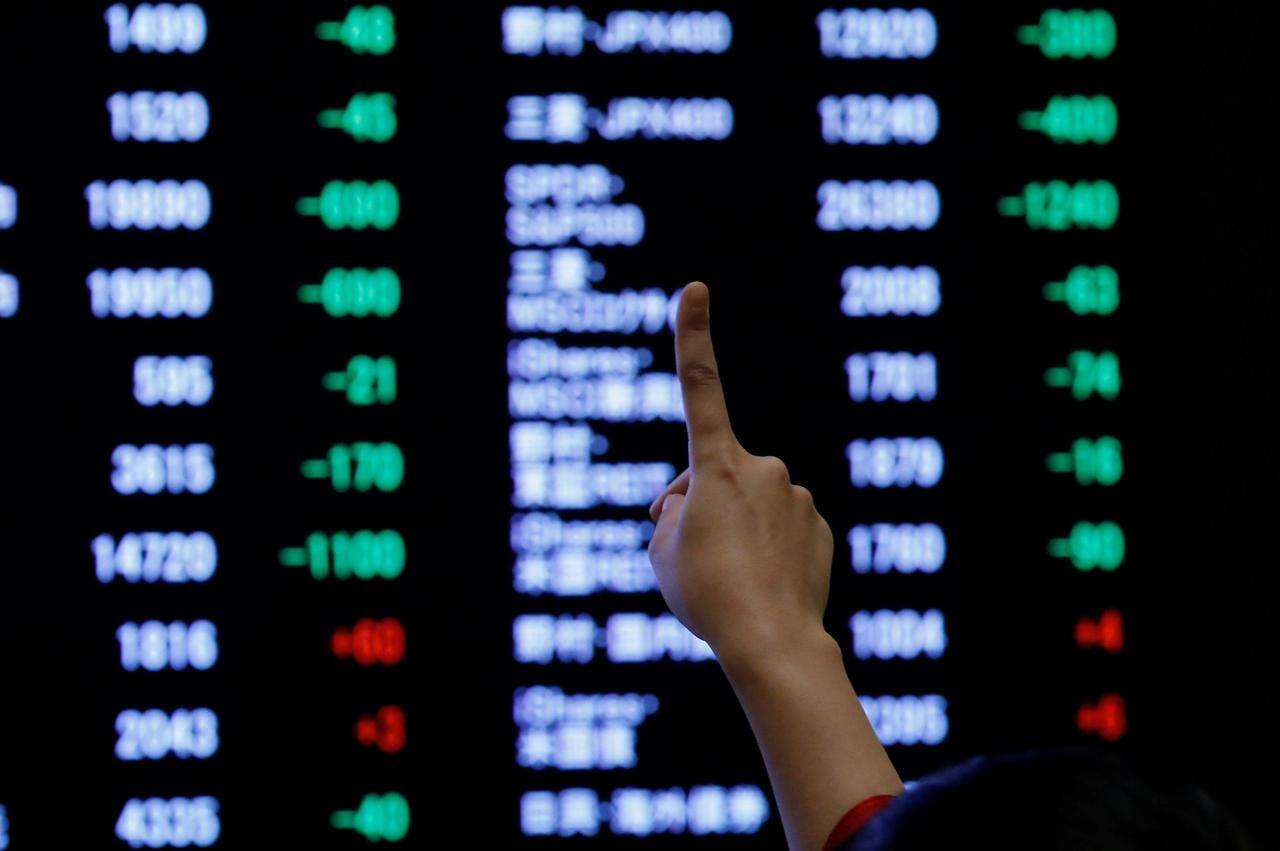The US dollar stood close to a three-month low and was headed for a weekly loss on Friday, as the prospect of the Federal Reserve slowing monetary policy tightening as soon as December preoccupied investors and kept the mood buoyant.
Trading was thin overnight due to the Thanksgiving holiday in the United States, though a softer dollar remained in focus.
The Aussie firmed to $0.6765 and was on track for a weekly gain of more than 1%.
The euro gained 0.02% to $1.0413, edging toward an over four-month high of $1.0481 hit last week.
“We’ve still got the third successive day of positive risk sentiment … I think that is keeping the US dollar subdued pretty much across the board,” said Ray Attrill, head of FX strategy at National Australia Bank.
Also read: Lupin, Punjab National Bank, Zomato, Biocon, Laurus Labs, Hariom Pipe stocks in focus on 25 November
Minutes from the Fed’s November meeting released earlier this week showed that a “substantial majority” of policymakers agreed it would “likely soon be appropriate” to slow the pace of interest rate rises – remarks that sent the greenback tumbling.
The Fed’s aggressive rate increases and market expectations of how high the central bank could take them has been a huge driver of the dollar’s 10% surge this year.
Against a basket of currencies, the US dollar index stood at 105.83, testing its three-month trough of 105.30 hit last week. It is down more than 1% for the week.
Also aiding risk sentiment slightly was a survey that showed that German business morale rose further than expected in November.
The Fed aside, accounts of the European Central Bank’s October meeting released overnight showed that policymakers fear that inflation may be getting entrenched in the euro zone. While the ECB firmly committed to further rate rises, markets are now expecting a more modest, 50 basis point move at the December meeting.
“We have the euro zone inflation numbers next week, so I think they are going to be a big test of market pricing … were we to get another upside surprise on that, then I think that would bring 75 bp back on the agenda,” said Attrill.
Elsewhere, the Japanese yen was last at 138.635 to the dollar, after rising some 0.7% overnight.
Core consumer prices in Japan’s capital rose at their fastest annual pace in 40 years in November, exceeding the central bank’s 2% target for a sixth straight month, government data showed.
The New Zealand dollar slid 0.1% to $0.6257 but remained close to its three-month peak hit in the previous session.
The kiwi was eyeing a weekly gain of more than 1.5%, aided by the Reserve Bank of New Zealand’s 75 bp rate increase this week and its hawkish rate outlook.
In China, markets were also closely watching for an expected cut in banks’ reserve requirement ratio (RRR).
China will use timely cuts in banks’ RRR, alongside other monetary policy tools, to keep liquidity reasonably ample, state media quoted a cabinet meeting as saying.
Also read: Nifty target 21035; Reliance Industries, Ashok Leyland, PVR among Prabhudas Lilladher top picks
“We believe it’s likely the PBoC (People’s Bank of China) may cut RRR by 25 bp for most banks in the next couple of weeks (or even days),” said analysts at Nomura.
“That being said, the RRR is likely to only have a limited positive impact, as we believe the real hurdle for the economy lies in local officials’ more zealous implementation of COVID restrictions rather than insufficient loanable funds.”
The offshore Chinese yuan was last at 7.1625 to the dollar and was headed for a weekly loss, as COVID worries continue to weigh.



